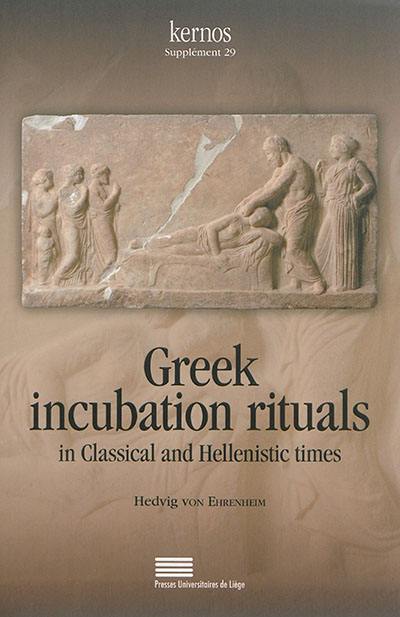
Collection(s) : Kernos, supplément
Paru le 08/01/2016 | Broché 282 pages
Public motivé
This study documents and analyses the structure and function of Greek incubation rituals in Classical and Hellenistic times addressing all relevant and extant literary and epigraphical testimonia concerning the rites and rules surrounding incubation. It shows that previous approaches, which treated incubation as a Chthonian phenomenon, as a rite of passage, or as comparable to initiation in mystery cults are not supported by the available testimonia on these rites.
An analysis of the social context of the rites surrounding incubation shows they differed surprisingly little from the rites performed by other worshippers at these sanctuaries. Various ritual factors are explored in order to explain why ordinary, or low-intensity, rites could create a high-intensity experience for the worshipper. Further, the structure of incubation rituals is examined in the light of the origins and development of the practice in Greece. Contrary to previous theories on the origins of incubation, it is argued that the phenomenon began as an exclusive consultation technique for priests, magistrates and select worshippers and was a natural variant of oracular techniques in Archaic and Early Classical Greece. When incubation became accessible to everyone in Classical society as a part of the cult of Asklepios, rituals for the masses were then created.
The ritual did not have one, coherent structure across all the sanctuaries which offered it ; rather, the ritual practice adapted to local customs and factors such as the size of the cult. Some rites for intermediaries were kept, but new motivational factors were added, which resulted in very popular cults.